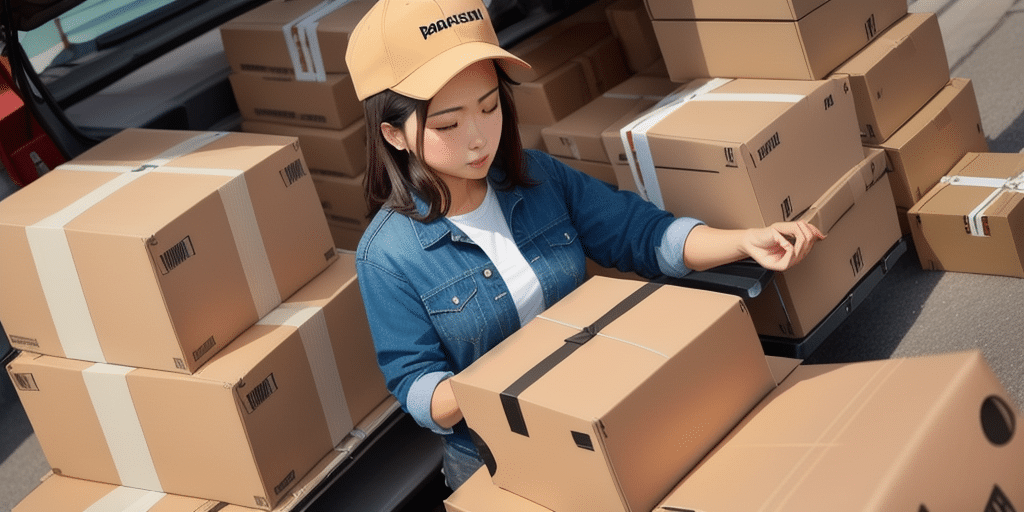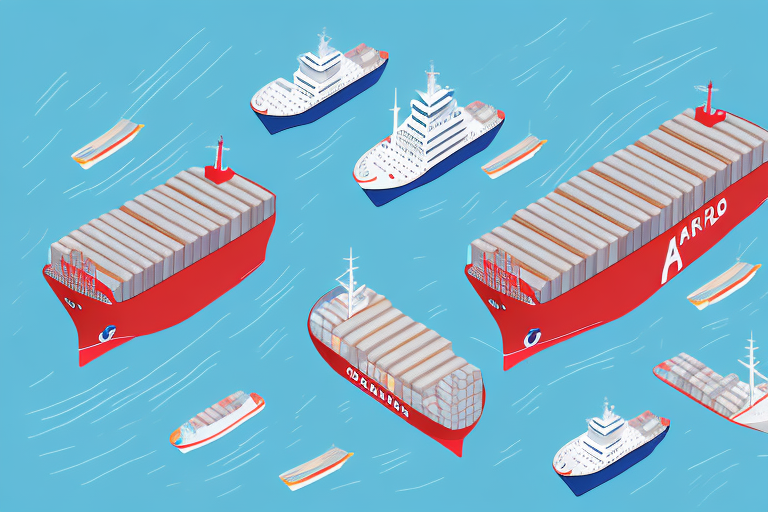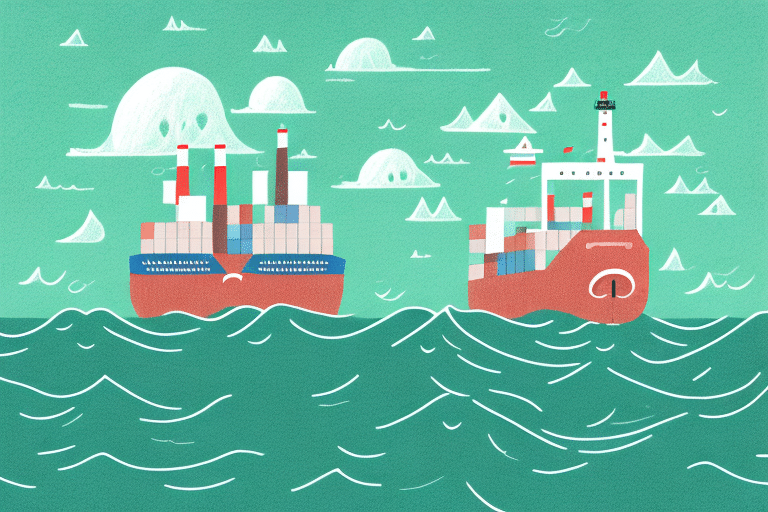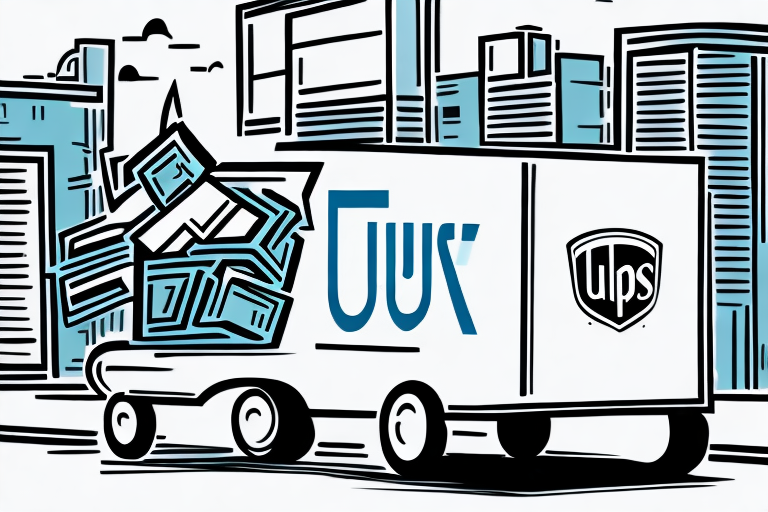How to Ensure Your Package Is Properly Insured
Shipping a package involves more than just labeling and sending it off. Ensuring that your package is properly insured is crucial to protect against potential losses such as theft, damage, or loss during transit. This guide covers the importance of package insurance, the types available, how to determine the right coverage, and tips for choosing the best insurance provider. Let’s delve into the essentials of package insurance to give you peace of mind with every shipment.
Understanding the Importance of Package Insurance
Package insurance, also known as cargo insurance, safeguards your shipment against unexpected events that could result in loss or damage. While carriers like UPS, FedEx, and USPS offer basic insurance, it often doesn't cover the full value of your package. Additional insurance ensures comprehensive protection, whether you're a business shipping valuable items or an individual sending personal belongings.
Investing in package insurance is not limited to high-value shipments. Even lower-cost items can accumulate to a significant total value, making insurance a wise choice to avoid financial setbacks from potential losses.
Types of Package Insurance Available
Full-Value Protection
Full-value protection covers the entire value of your package in case of loss or damage during transit. If your package is lost or damaged, the carrier reimburses the full declared value, minus any applicable deductibles or exclusions.
Declared Value Coverage
With declared value coverage, you declare the value of your package, and the carrier insures it for that amount. Premiums are based on the declared value, providing coverage above the carrier's standard liability limits.
Shipment Coverage
Shipment coverage offers protection for the total value of multiple packages within a single shipment. This type is beneficial for businesses sending multiple items together, simplifying the insurance process.
Determining the Right Amount of Insurance
Assessing Package Value
To determine the appropriate insurance coverage, start by assessing the total value of the items being shipped. Over-insuring can lead to unnecessary costs, while under-insuring leaves you vulnerable to losses. It’s recommended to insure your package for slightly more than its actual value to account for any unforeseen circumstances.
Considering Shipping Risks
The level of risk associated with your shipment location and method also influences the required insurance amount. Shipping to high-risk areas may necessitate higher coverage to mitigate increased chances of theft or damage.
Understanding Carrier Limits
Each carrier has maximum liability limits for their standard insurance. Understanding these limits helps you decide whether additional coverage is needed to fully protect your package's value.
Factors Affecting the Cost of Package Insurance
Package Value and Content
The higher the value and the more fragile the contents, the more expensive the insurance will be. Valuable and delicate items require more comprehensive coverage, increasing the insurance cost.
Shipping Method and Destination
Air shipping might cost more to insure compared to ground shipping due to higher value and faster transit times. Additionally, shipping to regions with higher risks may also inflate insurance premiums.
Carrier and Third-Party Providers
Different carriers and third-party insurance providers have varying rates and coverage options. Comparing these can help you find the most cost-effective insurance solution for your needs.
Choosing the Best Package Insurance Provider
Research and Reviews
Start by researching reputable insurance providers. Look for reviews and testimonials to gauge the reliability and customer satisfaction associated with each provider.
Compare Rates and Coverage
Not all insurance policies are created equal. Compare the rates, coverage limits, and exclusions of different policies to ensure you’re getting the best value for your money.
Check for Hidden Fees and Restrictions
Be aware of any additional fees or restrictions that may not be immediately apparent. Understanding all terms and conditions helps avoid unexpected costs or denied claims.
Filing a Claim for Insured Packages
Documenting the Loss or Damage
In the event of loss or damage, promptly document the situation with photos, receipts, and detailed descriptions of the package’s contents. This evidence is crucial for supporting your claim.
Submitting the Claim
File your claim with the carrier or insurance provider as soon as possible. Each provider has specific procedures and time limits for claim submissions, so adhering to these guidelines is essential for a successful claim.
Tracking the Claim Process
Stay in communication with the insurance provider throughout the claims process. Keeping records of all correspondence can help resolve any issues that arise during the evaluation of your claim.
Alternatives to Traditional Package Insurance
Self-Insurance
Self-insuring involves setting aside funds to cover potential losses instead of purchasing insurance. While this can save on premiums, it carries the risk of significant financial loss if something goes wrong.
Third-Party Insurance Providers
Third-party insurers often offer specialized coverage options that may better suit your needs compared to carrier-provided insurance. They can provide more flexible terms and higher coverage limits.
Carrier’s Limited Liability Coverage
Some carriers include limited liability coverage with their shipping services. However, this coverage is typically minimal and may not suffice for valuable shipments. Always verify the extent of coverage and consider additional insurance if necessary.
Emerging Trends and Technology in Package Insurance
Artificial Intelligence and Risk Assessment
AI is being used to assess shipping risks more accurately, allowing for personalized insurance rates based on predictive analytics. This technology enhances the precision of risk assessments and can lead to more tailored insurance solutions.
Integration with Shipping Platforms
Modern shipping platforms are integrating insurance options seamlessly into their services, making it easier for users to purchase and manage insurance alongside their shipping needs.
Customized Insurance Solutions
Emerging trends include customized insurance policies that cater to specific industries or shipping needs, offering more relevant coverage options for unique shipping scenarios.
Conclusion: Prioritizing Proper Package Insurance
Properly insuring your packages is a fundamental step in the shipping process, safeguarding your valuable items against unforeseen events. Whether you choose basic carrier insurance or opt for comprehensive coverage from a third-party provider, taking the time to evaluate your insurance needs can prevent financial losses and provide peace of mind. Make package insurance a priority to ensure your shipments arrive safely and securely every time.








